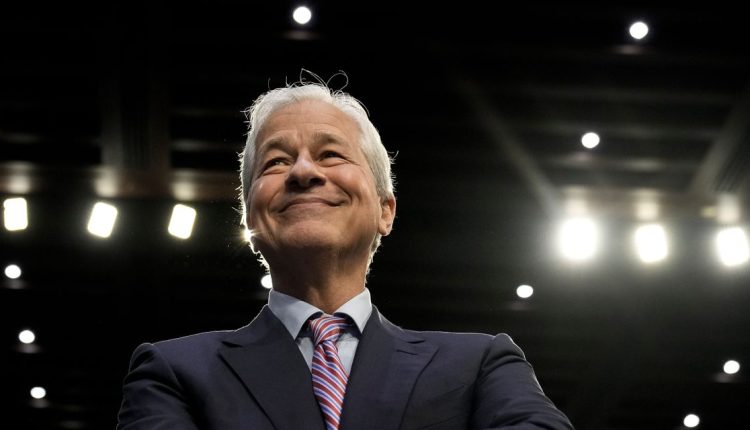“ Going from zero to 2% was almost no increase. Going from zero to 5% caught some people off guard, but no one would have taken 5% out of the realm of possibility. I am not sure if the world is prepared for 7%. ”
That’s JPMorgan
JPM,
Chairman and CEO Jamie Dimon, talking to the Times of India, a week after the Federal Reserve kept interest rates steady in a range between 5.25% and 5.5% and flagged one last rate hike for this economic cycle.
That makes Dimon considerably more hawkish than his own economists — who just expect one more rate hike — or the markets in general.
While financial markets don’t necessarily envision a world with 7% interest rates, they are adjusting to a higher-for-longer stance at the Fed.
The yield on the 10-year Treasury
BX:TMUBMUSD10Y
jumped another 10 basis points on Monday to the highest level in nearly 16 years. The yield on the 30-year
BX:TMUBMUSD30Y
has surged as well, reaching its highest level in more than 12 years. The S&P 500
SPX
did manage to advance on Monday despite long yields rising, but the index is 5% below its late July highs.
In the interview, Dimon said the worst case would be 7% interest rates with stagflation. “If they are going to have lower volumes and higher rates, there will be stress in the system. We urge our clients to be prepared for that kind of stress,” he said.
One worry Dimon does not share, however, is the combination of social media and digital banking. “Social media and online banking existed during the great financial crisis. Only a handful of banks had the problem — Silicon Valley Bank, First Republic Bank and Signature. Other banks did not have a problem,” he said. “The problem of interest rate exposure was known to everyone. I do not think we want a system where no bank ever fails.”
Dimon was speaking to the newspaper after JPMorgan’s decision to add India to its emerging-market government bond index. “It is a very good thing for India to be part of the index because it has other ramifications and implications about transparency and the country’s growth. So, it will help equity flows into India,” he said.
Read the full article here

